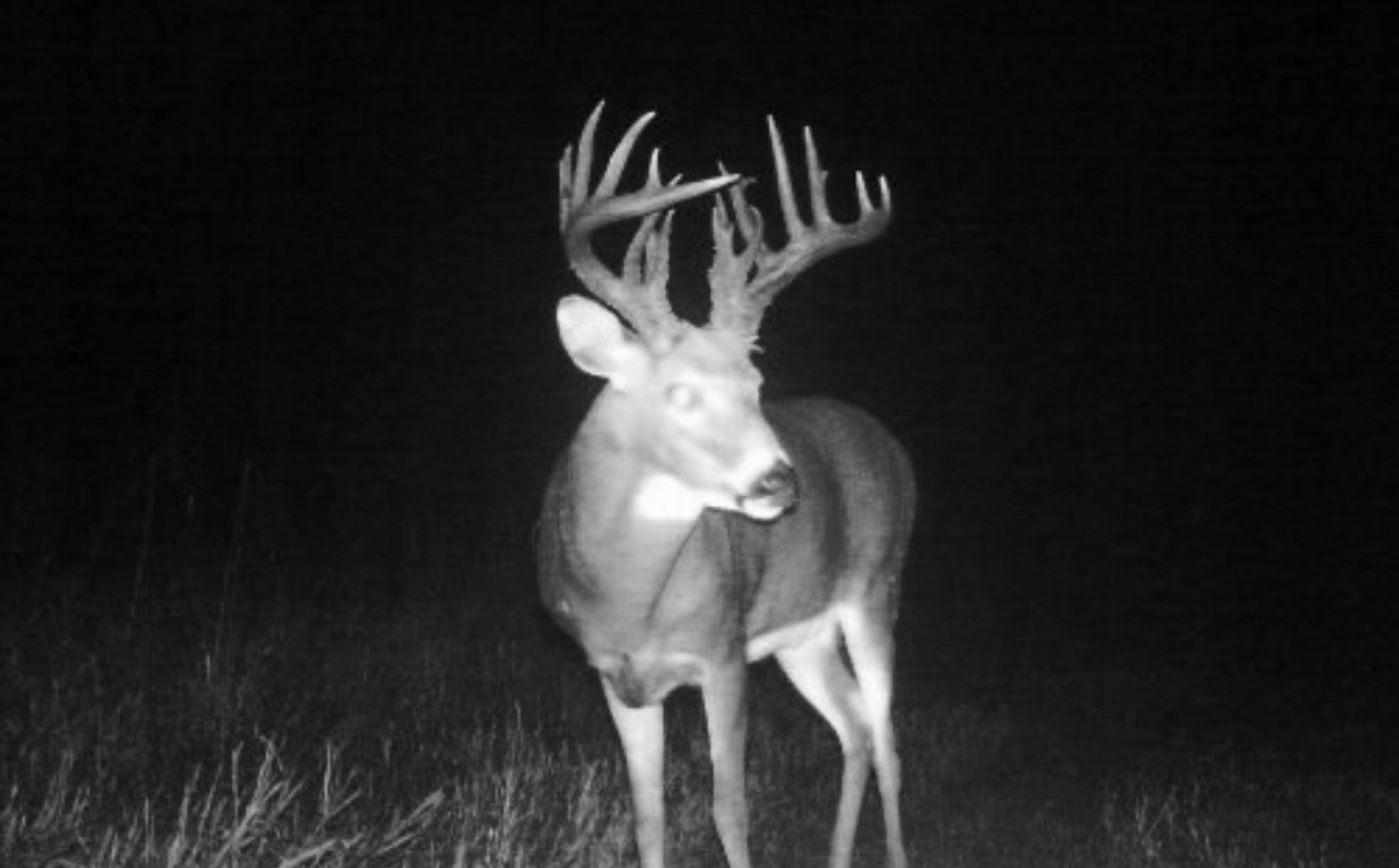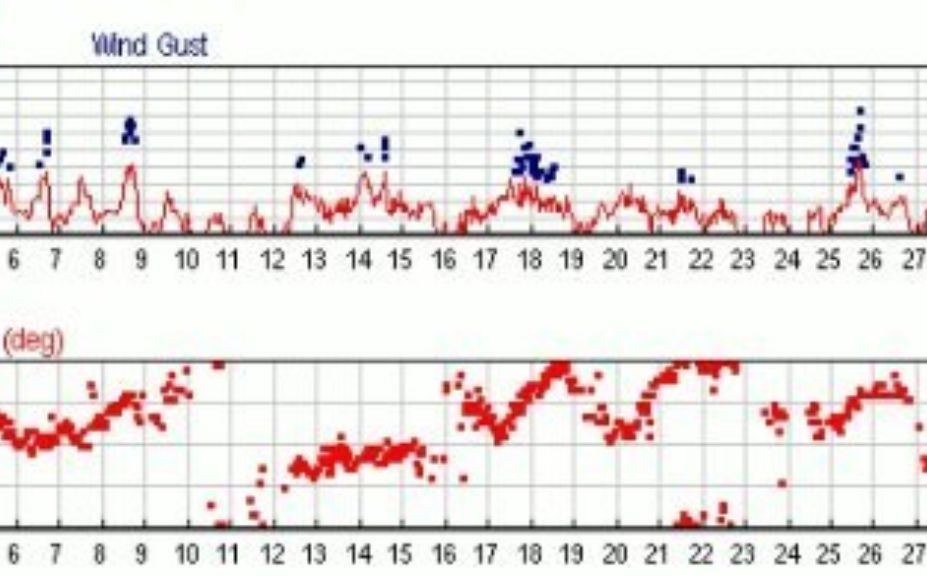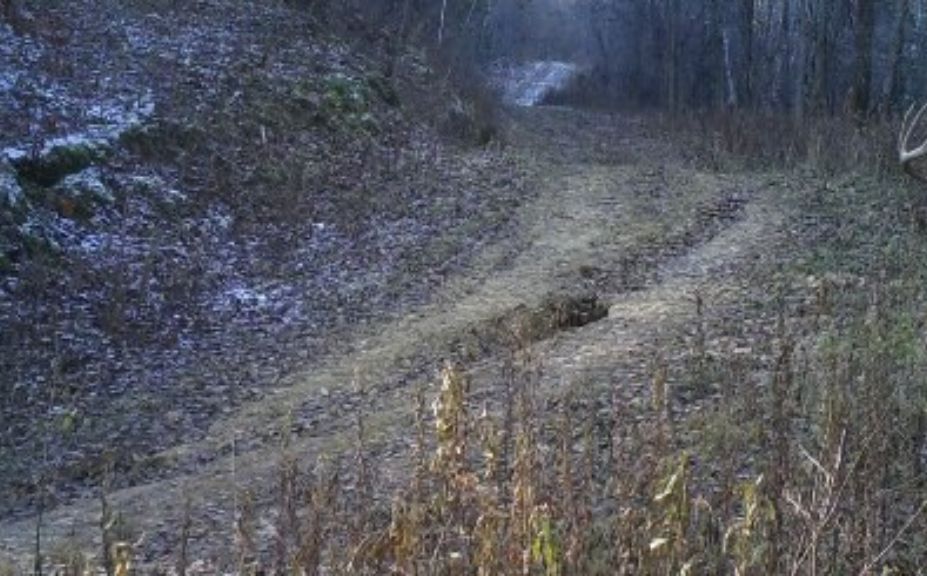
He is huge, old, reclusive and you have done your job by scouting him thoroughly over the past 3 years; it is time to hunt! But there is only one problem, you only have a stand in place for him to take advantage of the prevailing hunting wind in your area: From the Northwest. Whether the prevailing wind in your area during hunting season is from the North, South, East or West you may be surprised to read that most prevailing hunting winds are not as prevailingas they may seem. I have experienced that you need to adopt a stand location wind strategy that takes advantage of all wind directions, because the prevailing winds may be more myth than fact in your area.
*Make sure to check out my whitetail book series including, "Whitetail Success By Design" and "Food Plot Success By Design", to help you find mature bucks this hunting season!
It happens every client season at least a couple of dozen times, as my clients and I eventually begin to discuss the need for various stand locations based on the typical prevailing winds that they encounter during the hunt. The familiar statement sounds like this, "Our prevailing winds are from the Northwest". You could insert North for a few opinions, and some may say West. Regardless of the mentioned wind though, I am given the impression that the indicated prevailing wind direction is what they need to largely plan for. Folks in my experience this can be a big mistake, becausevariety in your stand locations, is the key to consistently harvesting mature bucks. Here are the reason that you need to plan and hunt from all angles, when hanging your stand locations for this season.
Harvest History
My personal recent buck harvests by wind direction over the last 5 hunting seasons: NE, SW, NW, W, NW, S, SE, SW, NW
If my stands were not set up for every wind imaginable for both morning and evening sits, I would most likely not have harvested a portion of those bucks. My own personal harvest prevailing wind stats may not mean much to you because afterall, those bucks may not have been killed in the States that you hunt. To be completely unbiased, I pulled some data from The Weather Underground for the city of Jackson, MI. Jackson is a fairly centrally located city in the heart of the Midwest, so I thought it would be a good reflection of the typical Fall prevailing hunting winds for the region. I haven't found that while moving across the map either to the South, West or East at least 1-2 states revealed any significant changes in the indicated wind patterns during the hunting season.
October and November of 2014 Wind Data
As you can see from the October (first) and November wind charts below, the wind patterns were more broken and varied in October, while being slightly more stable and consistent during November. If you check from year to year, you will find that although there are varying degrees of harsh and calm weather fronts that slide across the months during hunting season, they reflect a fairly consistent prevailing hunting wind pattern. Intensity is what changes the most, but rarely the overall % of wind from the various 360 degrees of potential direction. The days of the month are listed on the bottom line, and both the wind direction and wind speed are shown on the left for their respective charts.

Quick Hitting Hunting Wind Stats
1. There were more Northerly winds in October than November
2. While the Southwest winds were the prevailing hunting winds for October and November, they only accounted for roughly 50% of the winds (slightly more for November than October).
3. The majority of the prevailing strong to extreme winds (20-50mph) came from the Northwest, with several from the Southwest as well.
4. The wind direction that held the longest # of days at a time was from the Southwest (stable wind), with a modest showing from the Southeast.
5. 1/3 of the winds contained an Easterly component, even though Easterly winds are largely regarded as "almost never" taking place during the hunting season.
6. Some of the lightest winds were from the Southeast.
The hunting season wind strategies that I use myself and recommend to my clients include the full 360 degrees of possibility, because you never know when you will need to take advantage of a monster within a certain pattern of movement, during a wind direction that isn't a "prevailing" wind.
Prevailing Hunting Wind Strategies
In all of my core hunting movement areas I have 2-3 complimentary stands to cover 75-100% of all wind directions, with little thought to what is actually the prevailing wind of the moment. My stand combinations each contain stands that include both morning and evening positions, and often contain multiple access and departure routes. Because I require a certain level of stealth to enter some of my most "sacred" stand locations, I will only use a climbing stand if forced to do so because I did not plan ahead, or because I have to, as in the case of public land hunting. My strategy is that if the location is great for one stand than it is not only great for 1-2 more, but if possible those stands should always be pre-set and prepared prior to the beginning of the season. Prevailing hunting season winds come in all directions and all levels of intensity, but if you plan for variety there are several important benefits to potentially realize!
Using complimentary stand combinations can pay off big time when it comes to not only the amount of options that you have when going in for a precision harvest, but for keeping your hunting pressure deminished from individual stands. The majority of my complimentary stand set-ups are typically 60-100 yards apart, and with slightly different access routes I find that it is easy to leave stands fresh and clean from hunting pressure to be able to target the same buck more quickly, within the same pattern of movement. You may find that you can hunt stand "A" on a Sunday evening, and then flip around and hunt stand "B" on the following Wednesday morning, for the same buck, same travel route. And mature bucks have a memory of at least a couple of weeks or more when it comes to discovering one of your stands! Several times I have been able to observe a mature buck stay clear of a particular stand that my hunting partners or I thought we used without detection the week before, right before arrowing him out of an adjacent, complimentary stand. Variety is key for a wise old recluse!

*"The wind is your friend", is one of the most common piece of advice I offer to hunters. It doesn't matter if you are hunting thermals, flatland or hill country, here are a few articles to help you cheat the wind when it comes time to fooling the oldest buck in the woods:
"Hill Country Whitetails"
"Scent Control For Deer"
"How To Hunt Whitetails In The Wind"
Conclusion
I urge you to make sure that you are prepared for all wind directions. Try focusing on the "perfect" 90 degree window of opportunity for each stand location, and then cheat to one side of the window or the other depending on your access, and forecasted winds later during the same sit. Also, keep in mind that a mature buck typically likes to cruise the downwind side of cover, even if he is traveling into the angle of crosswind. What that means for you as a hunter, is that if you are constantly playing the wind game by locating on the downwind edge of a great travel pattern within 2-3 stand locations, then that local giant has a great chance of being within bow range. It also means that if you ignore the myth of the prevailing hunting winds, you will be adequately prepared for whatever whims the weather forecast has in store for you this hunting season.